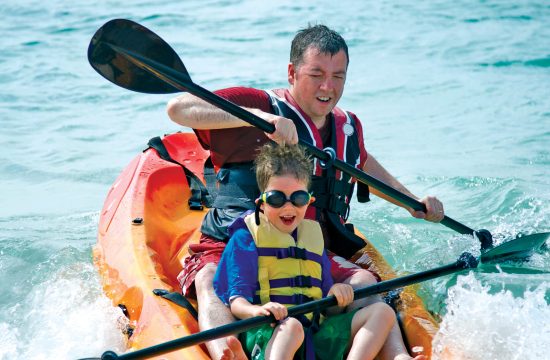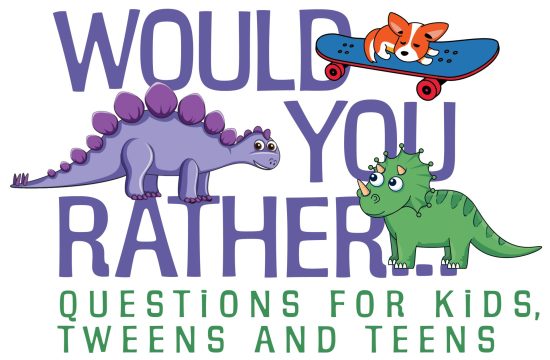Adolescence is tricky enough for kids, even under the best of circumstances; when issues like teasing and bullying are thrown into the mix, learning to cope can feel downright overwhelming. Instilling confidence and compassion is key in raising happy, successful kids. Sometimes, this requires a team approach.
There are a wide range of issues that can negatively affect a child’s academic performance and social development—all of which, in turn, can impact self-esteem.
STRATEGIES FOR HANDLING BULLYING
One of the biggest concerns involves bullying. Children are teased for any number of reasons, ranging from clothing choices and hairstyles to physical appearance. Often, the tormentor is struggling with insecurities of their own, has power or control issues, or is experiencing discord at home. Bullying doesn’t necessarily involve ongoing abuse; often, a single act can cause a child to withdraw, leading to long-lasting repercussions.
The best solution is to educate kids about bullying. The term itself is open to interpretation, ranging in severity from a single instance of being teased to frequent emotional and/or physical abuse. Once kids understand the definition of bullying, they are taught strategies for coping with it. One of the most effective is to ignore the taunting and walk away when it occurs.
The more kids engage, sometimes that’s what the bully is looking for. Empowering kids who are being bullied is a really important piece.
Teaching them to use their “big kid voice” is another form of empowerment. Sticking up for themselves, or others who are being bullied, may be enough to dissuade the bully from acting out.
Ignoring somebody who is picking on you is often helpful. If bullying continues, kids shouldn’t be afraid to tell an adult. Teachers are good at monitoring situations and can keep an eye on students during recess and lunchtime interactions. It’s acknowledged the difficulty in convincing children to let a grownup intervene once they reach a certain age because they are afraid of stepping on other people’s toes or being labeled a tattletale.
Kids handle it a lot differently than we tell them to because they’re dealing with their peers.
PARENTS ARE TEACHERS, TOO
Parents have an important role to play in bullying prevention, as well.
Parents should familiarize themselves with the school’s policies and procedures and be willing to reach out to the school when there is a problem. As role models, they should teach their kids basic skills such as communication, sharing, problem-solving, and dealing with other people. Learning how to handle situations will empower children to advocate for themselves and is a key component in both social-emotional development and conflict resolution.
So many kids are being put in schools and expected to get along. Kids aren’t natural learners on how to share and take turns; nobody has taught them how to get along and solve problems. We need to teach that as parents and professionals.
You might be surprised to learn that both self-confidence and empathy can be taught, as well. Putting in the effort can pay big dividends: children with positive self-esteem are confident in their abilities, feel liked and accepted, are proud of their achievements, and value their individuality. They believe in themselves, learn from their mistakes, are more likely to stand up for themselves, and are unafraid to ask for help when needed. They are also more resistant to peer pressure.
Instilling self-confidence isn’t difficult. Praise your kids, focusing on their efforts rather than the results, but don’t overdo it or you’ll condition them to expect it every time. Encourage them to think independently by solving their own problems (but always offer a helping hand if needed). Be a good role model by teaching them that failure is an important part of the learning process, and seek out new experiences together.
Empathy is the ability to understand what other people are feeling and sense their emotions. By putting yourself in somebody else’s shoes, you’re better able to sympathize with them.
Children who are empathetic are much less likely to bully others, and will often step in and support friends who are being victimized.
There is some debate over whether empathy is a learned behavior or a fixed trait. You’re born with certain traits and genetics, and your environment can either capitalize on that or hinder your potential.
The most basic way to teach your child empathy is to practice it yourself. Bond with your child in order to cultivate a trusting, secure attachment. Kids who are brought up in loving, stable environments are better suited to dealing with emotions and coping with stress than kids who lack that parental support.
As with self-confidence, model empathetic behavior yourself by treating others with kindness and understanding. Acknowledge their feelings and respond with sympathy. Offer positive encouragement when your kids display empathy toward others.
We can teach kids how to share, take turns, and communicate, actions that help teach empathy. Another key is to acknowledge and identify emotions. If your child is upset, for instance, don’t dismiss their negative feelings; instead, respond with a statement like, “Oh no, you’re angry.” This helps kids learn to identify emotions in themselves and others and encourages sympathy and understanding.
Parenting is often a challenge, but remember, you and your child have access to a support network of skilled individuals trained to help. Teachers, counselors, school psychologists, can all play an important role in your kids’ well-being.








